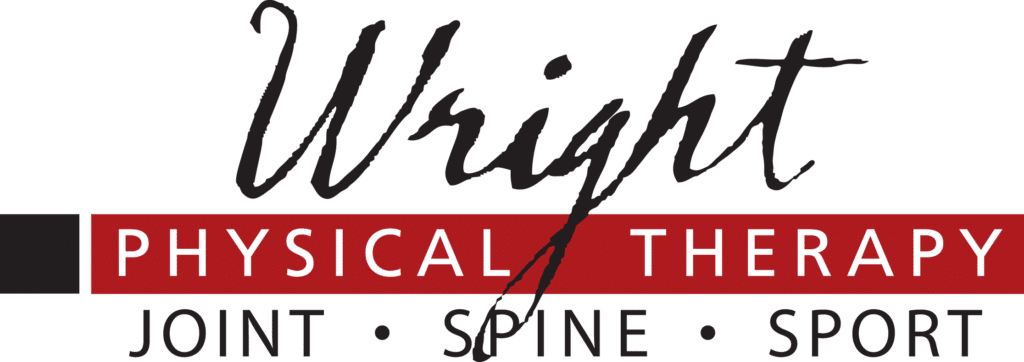A General Overview of Hand Therapy
General consensus among experts tells us that next to vision, touch is the body’s most used sense. To put it into perspective, let’s recall the “Little man” in our head, also referred to as homunculus of the cortex. The hand alone occupies approximately 1/3 of brain real estate on the motor side, and approximately 1/4 of sensory real estate.
Significant dysfunction in seemingly simple tasks becomes apparent when we injure our hand. The more we use our hands, the likelihood of injury increases as
well. Overuse and repetitive injuries are among the most common sources of hand injuries reported. Diagnoses like Carpal Tunnel Syndrome, De Quervain’s Tenosynovitis, Scaphoid-Lunate Interval sprain, Distal radial fracture, Osteoarthritis, and Trigger Finger are just a few of the many commonly diagnosed hand injuries. The purpose of this article is fourfold and as follows:
- Identify the benefits of hand therapy
- Understand when it may be appropriate to refer to a hand therapist
- Get a feel for what to expect during treatment
- Expected outcomes for commonly diagnosed hand injuries
Hand Therapy – Purpose and Benefits
Hand therapy, at its core, focuses on assessing and treating injuries to the hand, wrist, elbow, shoulder, and cervical regions of the body. Providing truly skilled therapy requires a keen understanding in hand therapy principles and a specialty focus on the hand.
Assessment tools, like the DASH, and COPM are gold standards in identifying and evaluating what patient goals are, identifying the focus that is required, as well as identify the severity hand injuries affect a person’s performance in everyday tasks. Other evaluation tools include goniometric, circumferential, volumetric, sensory and strength measurements. With this data the hand therapist and patient collaborate on establishing meaningful goals to assist the patient back to full participation in everyday activities.
Hand Therapy Referral
Patients who are ideal candidates for hand therapy may be affected by 2 main categories of dysfunction.
- ACUTE TRAUMA- in this instance the patient may develop wounds, scars, burns,
injured tendons or nerves, fractures, or even amputations of the fingers, hands or arms. - CHRONIC – this category includes patients who are dealing with progressive wear and tear conditions such as carpal tunnel syndrome, lateral epicondylosis (tennis elbow), tendonopathies, arthritis or neurologic conditions (i.e. stroke).
In addition to 27 bones that make up the hand skeleton, the hand is comprised of a
distinct meshwork of ligaments, tendons, muscles, nerves and blood supply. A hand
therapist must understand unique anatomical landmarks, like the extensor hood, A1-5 pulleys, palmar aponeurosis, as well as understanding intrinsic versus extrinsic muscles and forces that act on the hand. Daniel Aldama MOTR/L is our designated specialist in the intricacies of the hand and he holds the unique intersection of talent and passion in this department.
Hand Therapy – What to Expect
Because touch is such a dominant physical sense, many patients identify themselves with their hands. When a patient’s hand has been injured, it may seem to them as though they have lost a portion of their identity. A hand therapist attempts to create an environment that is comfortable, accepting, and non-judgmental. There needs to be an immense amount of trust between patient and therapist. Most hand injuries will require rehabilitation, which involves heating and cooling of body structures, moving, stretching, splinting for positioning or for immobilization and/or controlled mobilization. At times, especially after surgery, this can be significantly painful for patients. A hand therapist is profoundly aware of this concept and strives to ensure patient comfort while educating on the necessity of treatment.
Hand Therapy – Outcomes
The goal for hand therapy is to return the patient to full participation in desired activities as soon as possible. Each condition comes with its own distinct outcomes. There will be follow up articles delivered soon to address specific and individual conditions, but for general principles we will provide a few examples. As a first example, conservative treatment of pathologies like Carpal Tunnel Syndrome, Trigger Finger, or De Quervain’s Tenosynovitis could expect symptom reduction and return to activities pain free within 4 weeks. After splinting for thumb immobilization 2-3 weeks, controlling inflammation, followed by gradual wrist and grip strengthening, and task modification a person with Dequervain’s Tenosynovitis will experience less pain at the base of the thumb, increased grip strength, and ability to complete tasks like carrying children and manipulating hand based tools.
In contrast, aggressive treatment of tendon repairs, crush injuries or amputations could require approximately 3+ months of rehabilitation. The difference in outcomes lies in the severity of structures involved. As a third example, tendon repair treatment will focus on scar tissue healing/management, controlling edema/inflammation, splint fabrication for immobilization followed by controlled mobilization, AROM/PROM exercises, sensory retraining, followed by gradually strengthening the affected structure(s). One key principle of better prognosis in hand rehabilitation is compliance to home exercise programs, and effective communication between patient and therapist. Our exclusive patient portal is an excellent communication tool for patients to attain their robust and personalized home exercise program. Bridge programs are built in to ensure continued success after therapy ends.
Summary
Hand injuries affect and disrupt varied areas of an individual’s performance in daily activities. A skilled hand therapist will assist the injured person back to full activity by providing specialized, calculated treatment in a hand therapy setting. Wright Physical Therapy now offers skilled, hand based specialty and treatment services.We have invested a significant amount of time, energy and finances toward providing a bonified hand specialty. If you would like more information on hand therapy principles or would like to refer a patient please contact bryan@wrightpt.com. We highly value effective, evidence-based treatment of hand injuries, and are confident in Daniel Aldama’s skills when treating patients with hand injuries. He is treating patients with hand dysfunctions from our Twin Falls clinic in the Classics Medical Fitness facility.

